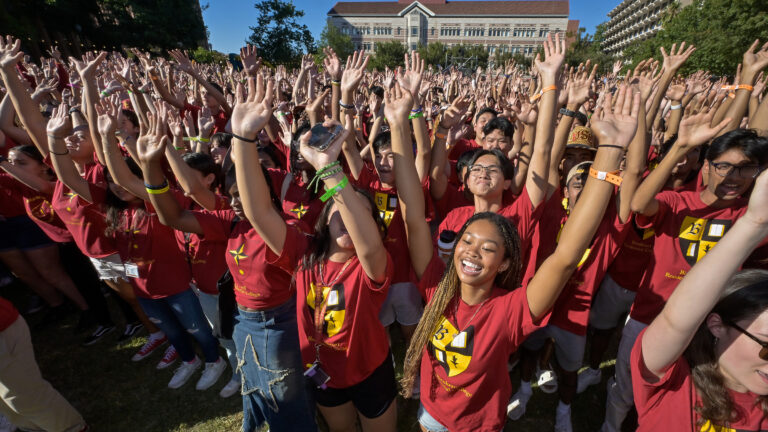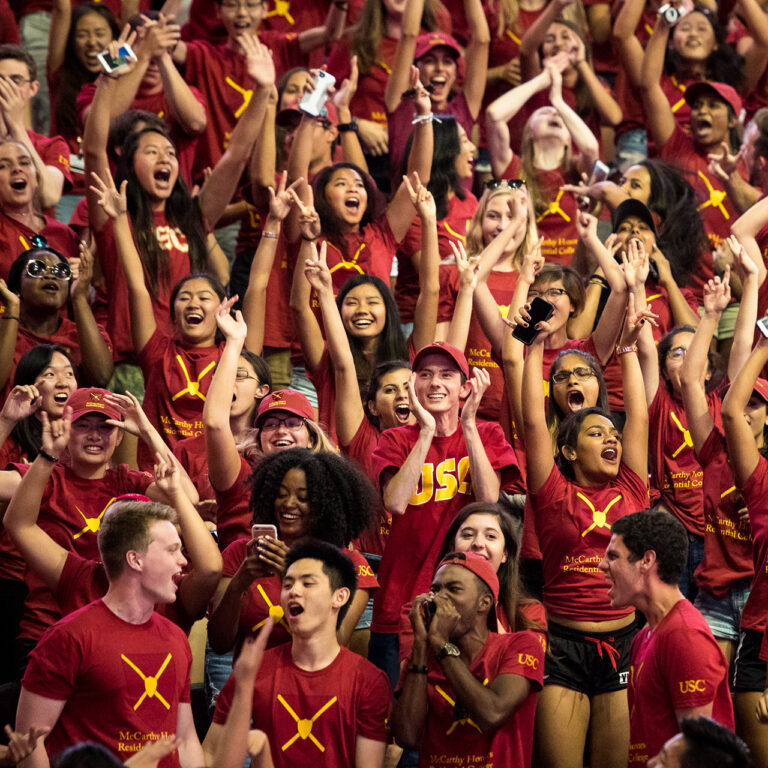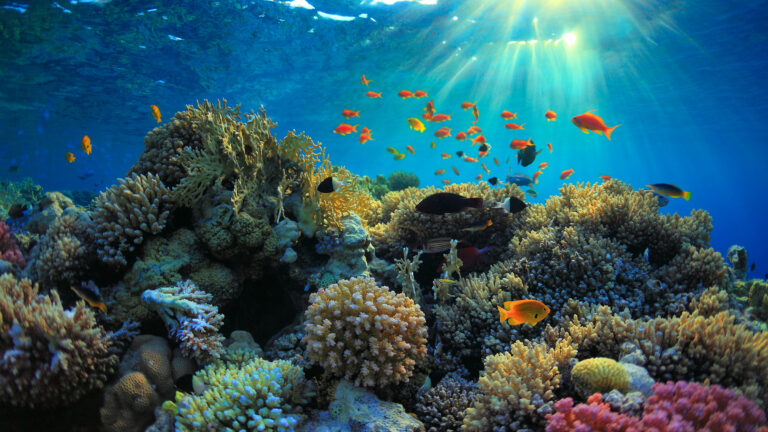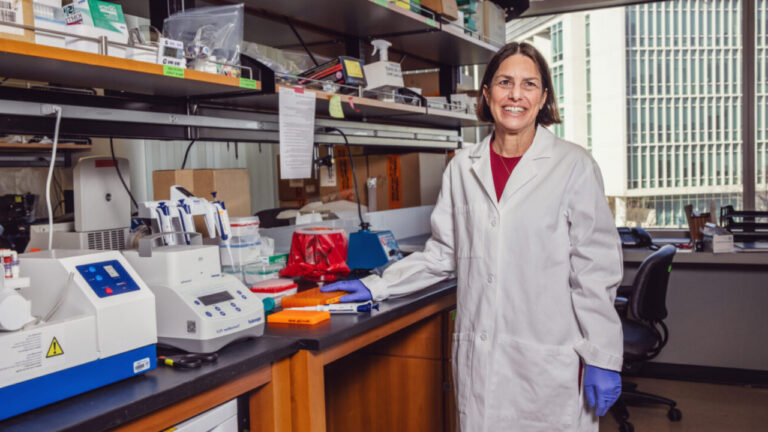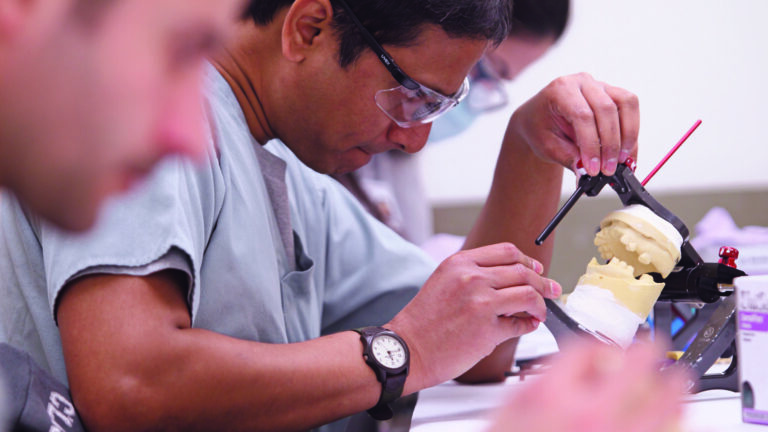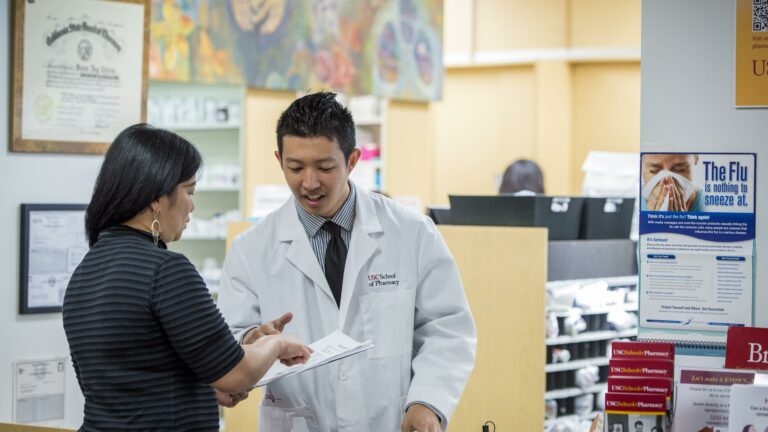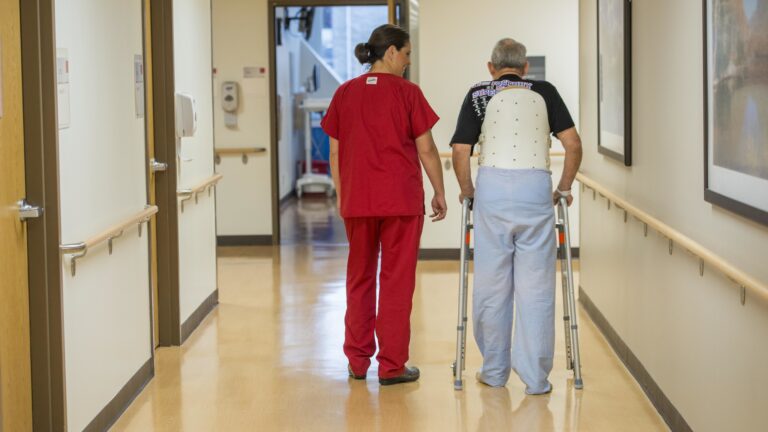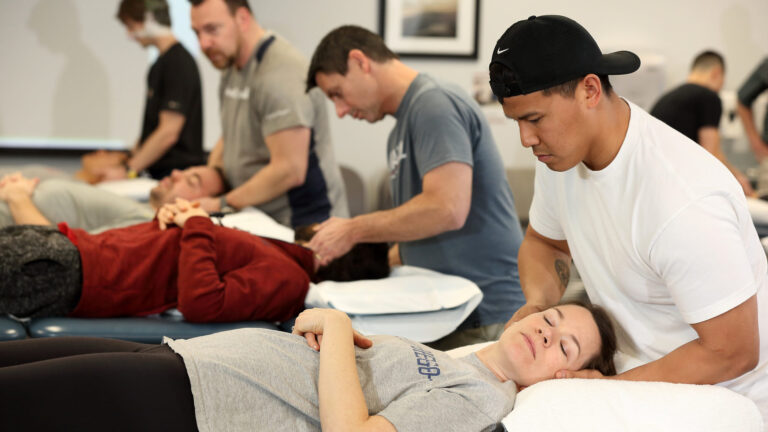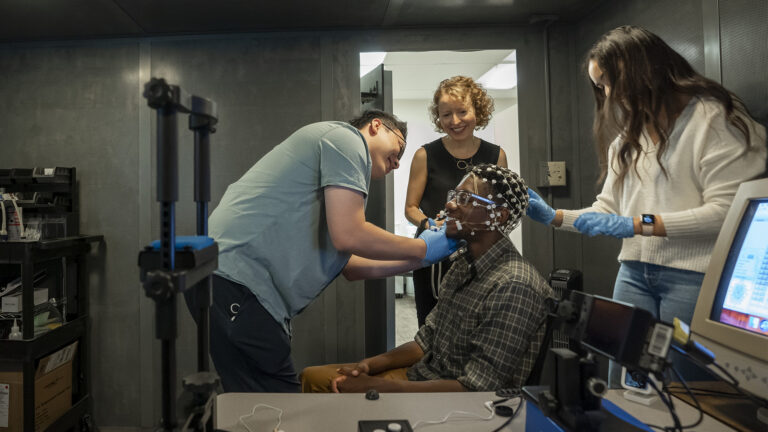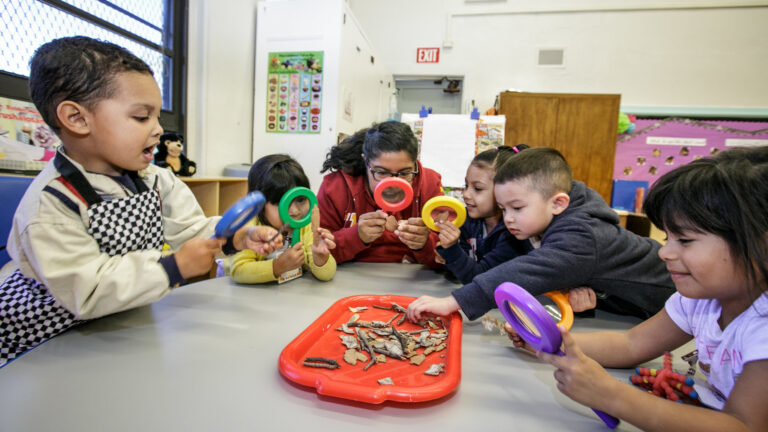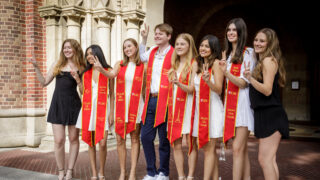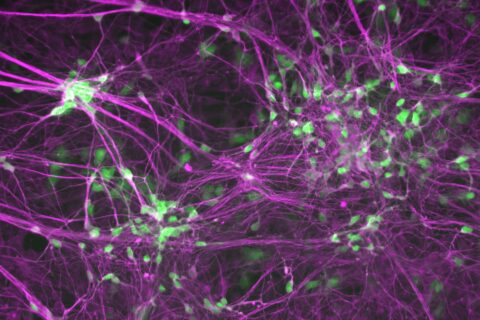Solutions from the Sea
A USC study introduces a carbon-negative manufacturing method — inspired by the ocean’s reefs — that creates strong building materials. The novel process sequesters carbon dioxide to create resilient and fire-resistant products.
Top Headlines
This year’s recipients are Varun Soni; Jimmy Iovine and Andre “Dr. Dre” Young; and Leslie and William McMorrow. The award is the univerity’s highest honor.
Two events at Town and Gown on USC’s University Park Campus highlight interdisciplinary work and innovation.
The astrophysicist and champion of interdisciplinary learning comes to USC from the University of California, Irvine, where he is dean of the School of Physical Sciences.
PHOTO GALLERY: Tens of thousands turn out on the USC University Park Campus for the nation’s largest literary festival.
Countdown to Commencement
University Updates
Useful links to important information.

Sustainability Research at USC: Making a difference locally and beyond
As Los Angeles and cities worldwide face increasing environmental challenges, USC researchers and alumni are at the forefront of solutions. Trojans are exploring combining clean energy production and water conservation, studying how urban trees cool down neighborhoods and advocating for cleaner air ahead of the 2026 FIFA World Cup and 2028 Summer Olympics in L.A.
As USC celebrates Earth Month, check out the inspiring stories highlighting the intersection of science, policy and innovation in shaping a more sustainable future.
USC Announces Presidential Search Committee, Interim Leadership
The committee will include faculty, staff, students and alumni. Beong-Soo Kim, USC general counsel, will lead the university on an interim basis beginning July 1 after Carol Folt’s retirement as president.
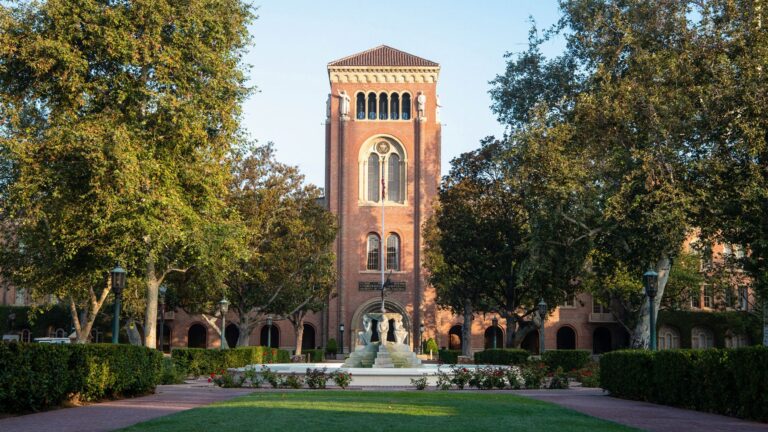
Inside Look: USC Health Sciences Schools
